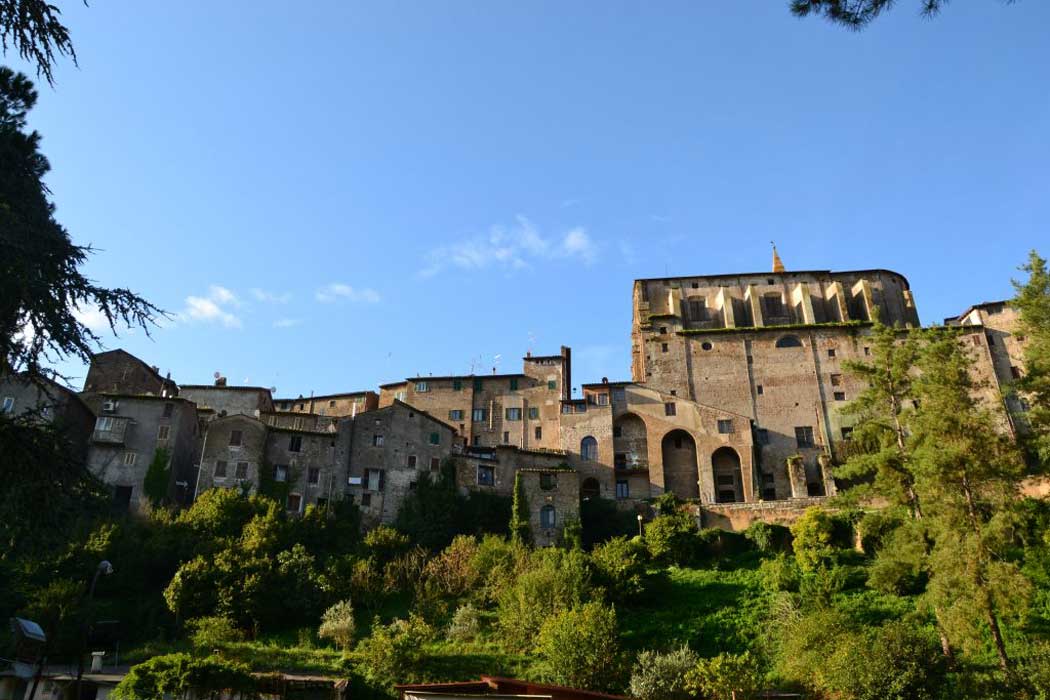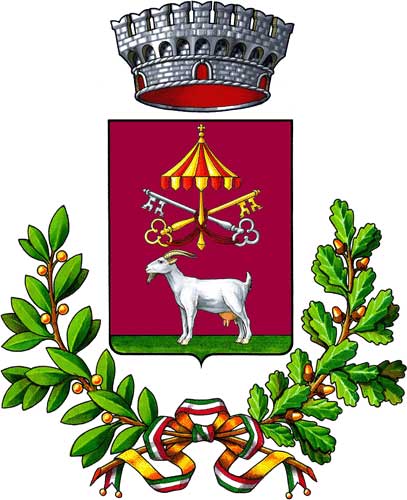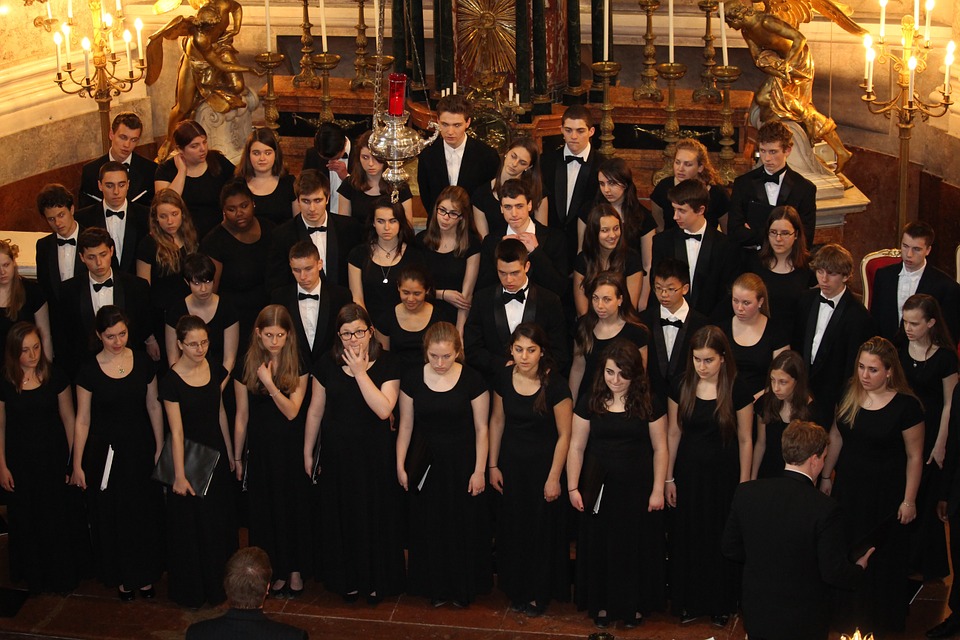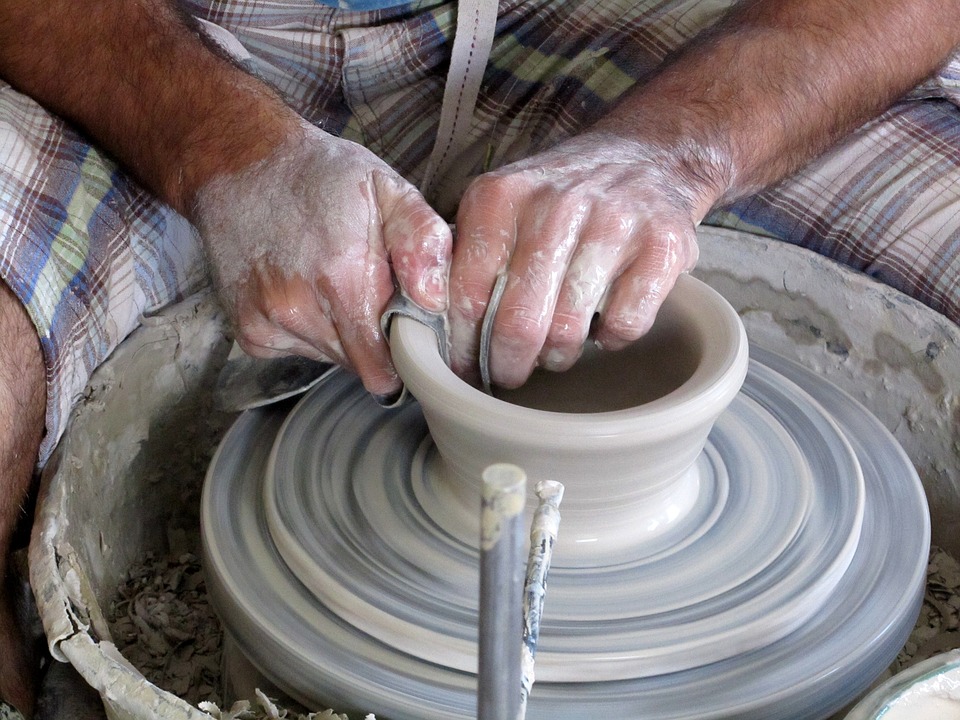

In fact, the first medieval settlement dates back to the eighth century when the population escaped the arrival of the Barbarians by seeking refuge in fortified places on the heights. Probably the name of the town derives from some of these people who were known to be goat herders.
The earliest records date back to the tenth century, however, when Emperor Otto III gave Capranica to the monastery of Saints Alexius and Boniface sull'Aventine.
In 1305 the family of Anguillara came and, in 1341, Orso and his wife Agnese Colonna were hosts to the great poet Francesco Petrarca who would be crowned the Poet in the Capitol by the same Orso, who was defined by Gregorovius as a "friend of the muses and cultured patron of Petrarch."
The Anguillara family was very belligerent and in constant conflict with the Prefects of Vico as well as the pope. In 1465 one of Anguillara rebelled against the then Pope Paul II and the family fell on hard times. The pope destroyed their castle and appropriated the goods into the Apostolic Chamber and appointed a cardinal as governor of Capranica. With these governors of the town, churches and palaces were embellished.
The town was hard hit during the bombing raids of World War II.









Follow us